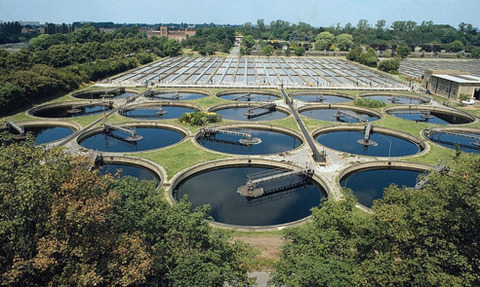Troubled water
4 May 2016 by Louisa Hearn

Water utilities across the UK have spent many years grappling with infrastructure built in the Victorian era, most of it tucked well out of sight, below ground.
Although few of us think about our water supply unless our taps run dry or plumbing springs a leak, there has been an awful lot of investment going on behind the scenes.
Patching and plugging leaks, and building new plants to treat the effluent no longer allowed to be jettisoned into the sea, have obviously been key priorities for the sector.
But as the new AMP6 asset management investment period dawns, it appears the challenging times are far from over.
Water utilities have been tasked with boosting their efficiency by adopting ‘smart’ networks, but now a new battlefront is visible on the horizon.
According to the World Economic Forum’s Global Risks Report 2016, a water crisis is likely to be the number one problem impacting the planet over the next 10 years, bringing with it the destructive force of floods and droughts.
While it is hard to imagine the UK ever being short of rainfall, in some regions of the country, demand for water has already started to outpace supply at certain times of the year.
Water utilities have been tasked with boosting their efficiency by adopting ‘smart’ networks, but now a new battlefront is visible on the horizon
Industry experts say a change of mindset will be critical for those serving up our most precious asset. In our cover story we look at just how ‘smart’ the water industry must be to navigate these challenges.
Water isn’t the only industrial sector looking to technology as a means of solving future problems.
The emergence of a Carbon Capture & Storage (CCS) capability in the UK has been widely embraced as the most pragmatic route to managing future carbon reduction targets across many process sectors.
But development of the critical infrastructure required to put the UK on the CCS map came to an abrupt halt last November when the government withdrew £1bn funding considered crucial to getting it off the ground.
In our news analysis on CCS, industry representatives explain how the government’s lack of ‘joined-up thinking’ on energy policy could reverberate far beyond the next election cycle.
For a more detailed analysis, read our April cover story HERE.

